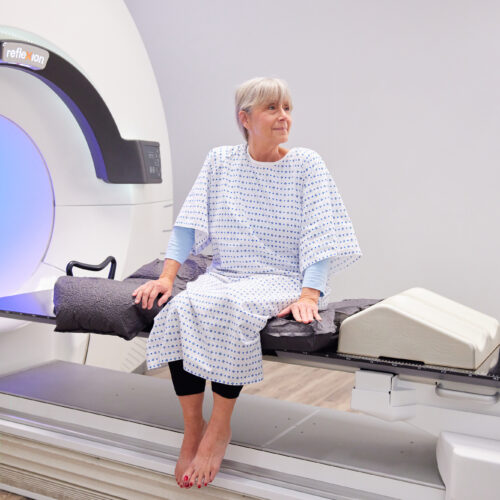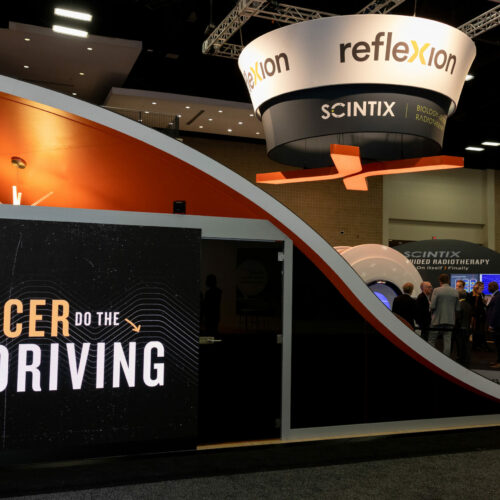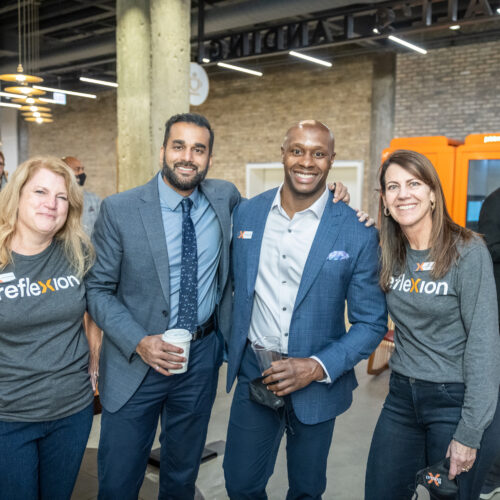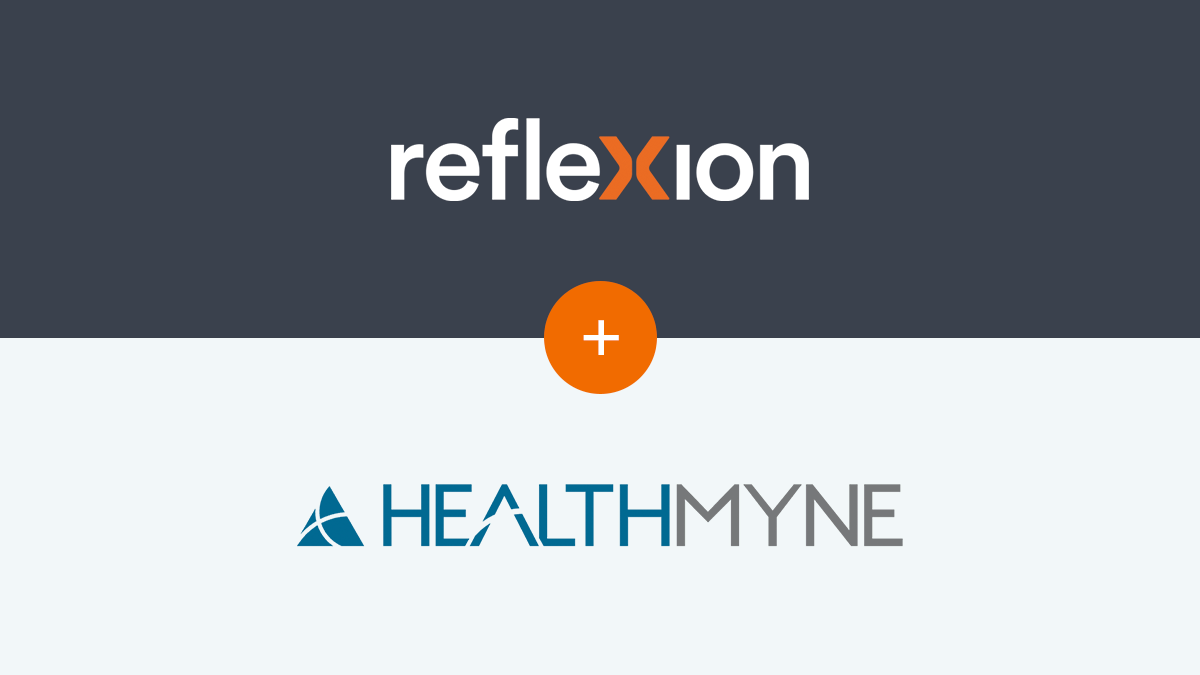
BgRT
Using ‘Imaging Analytics’ to Personalize Cancer Care
May 19, 2021
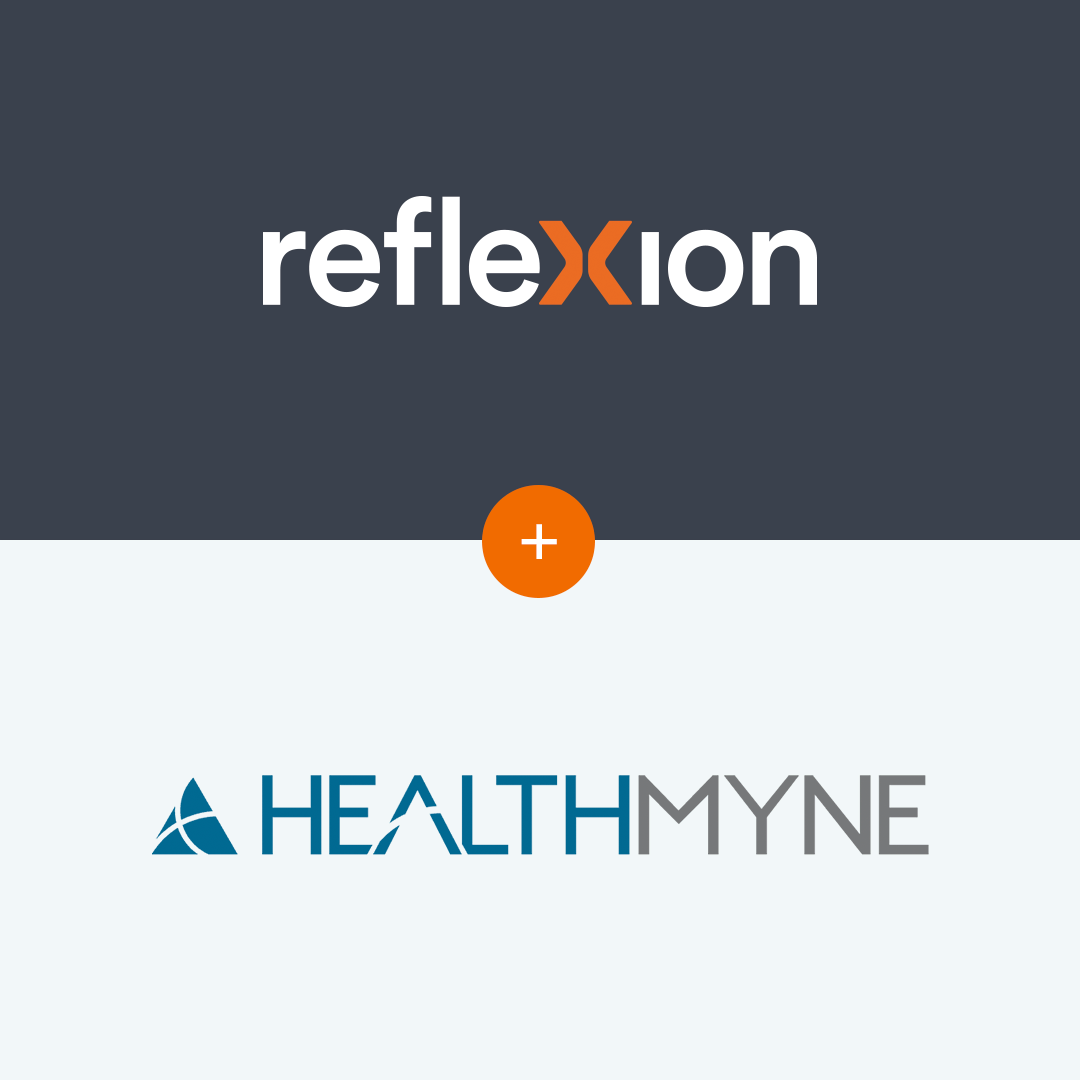
Radiomics is “high-throughput extraction of quantitative features that result in the conversion of images into mineable data and the subsequent analysis of these data for decision support.”1 Radiomics can extract “shape and spectral properties. . . within the same regions of interest on radiological images,” and use the extracted features “to develop computational models using advanced machine learning algorithms that may serve as a tool for personalized diagnosis and treatment guidance.”2 Radiomics is possible due to advances in computation power and the use of genomics.2
Every time a patient has an imaging scan, a new opportunity arises to gather data. The Computed Tomography (CT), and eventually, the Positron Emission Tomography (PET) images generated by RefleXion’s X1 system during treatment delivery create significant amounts of image data as a valuable by-product of treating the cancer. RefleXion’s biology-guided radiotherapy (BgRT)* uses emissions from a patient’s cancer cells created by injecting a small amount of a targeting molecule carrying a positron-emitting radioisotope, known as a PET tracer, to guide external beam radiotherapy. As the tracer binds to the tumor cells, groups of emissions form partial PET images that signal the cancer’s location and immediately guide delivery of a partial dose of radiation. By the end of the treatment session, delivery of the full radiation dose is complete, and full CT and PET images containing thousands of tumor characteristics are available for radiomic analysis.
HealthMyne’s integrated suite of radiomic software solutions use artificial intelligence (AI) and deep learning technologies to extract 1,600+ multi-dimensional measurements and novel radiomic data capable of powering predictive algorithms and precision medicine initiatives. Data about a tumor’s characteristics and its responsiveness to treatment can be decoded from the images. Clinicians can then analyze these data that may influence decision making to enable care tailored for each individual cancer patient. This data extraction and analysis for decision-making can occur throughout a patient’s course of treatment. The data can also translate into groundbreaking medical insights.
“RefleXion’s use of CT data and PET emissions to prescriptively determine where to attack the cancer combined with HealthMyne’s ability to objectively measure tumor characteristics and quantify treatment response creates a powerful technological foundation from which to improve patient care,” said Rose Higgins, CEO at HealthMyne.
Traditionally, radiologists have analyzed medical images along two dimensions—namely, measuring a lesion’s progress on the vertical and horizontal axes to look for changes.3 Radiomics uses AI-driven analytics to extract data, and then “curates, annotates and analyzes that quantitative data to deliver a wealth of information that cannot be observed visually in an image.”3 Radiomics provides accurate readings of “a lesion’s depth, volume, density, doubling size, textures and many other quantitative features, all the while comparing those measurements to an AI-enabled model based on thousands of images.”3 Radiomics provides information about lesion progression that previously was only available through invasive biopsies; it also provides information that has never been available before.
Personalized treatment planning is becoming increasingly important in treating cancer, and radiomics shows great promise for such personalization. The technology offers the ability to evaluate the progression of a patient’s cancer and tailor the treatment along the patient journey as needed, rather than waiting until the treatment is completed.3 Clinicians can monitor the patient’s response to treatment across thousands of data points.3 Applying radiomics, clinicians may be able to determine more accurately and much earlier, whether they need to modify an individual patient’s treatment plan.
Higgins calls radiomics “advanced imaging analytics.”3 The quotation “Every cancer patient’s story starts with an image,” which appears on HealthyMyne’s website home page is fitting. Images confirm cancer diagnoses and shape treatment––and now they offer a novel way to help clinicians help patients fight their cancer.
“The RefleXion-HealthyMyne partnership creates new opportunities in the efforts to offer personalized and precision treatments tailored to an individual patient suffering from cancer,” says Thorsten Melcher, Ph.D., RefleXion’s chief business officer. “Instead of delivering standardized treatment protocols for everybody, we may be able to design the best care plan for each patient and use our biological guidance to deliver personalized treatment with confidence, and one day improve outcomes for patients with all stages of cancer.”
*The RefleXion™ X1 is cleared for SBRT/SRS/IMRT treatments. BgRT is limited by U.S. law to Investigational use.
- Gillies, RJ, Kinahan, PE and Hricakm, H. Radiomics: Images Are More than Pictures, They Are Data. Radiology (2016) 278(2): 563
- Parekh V, and Jacobs MA. Radiomics: a new application from established techniques. Expert Rev Precis Drug Dev. 2016;1(2):207–26. Doi: 10.1080/23808993.2016.1164013
- Siwicki B. Is AI-enabled radiomics the next frontier in oncology? Healthcare IT News. February 21, 2021.

